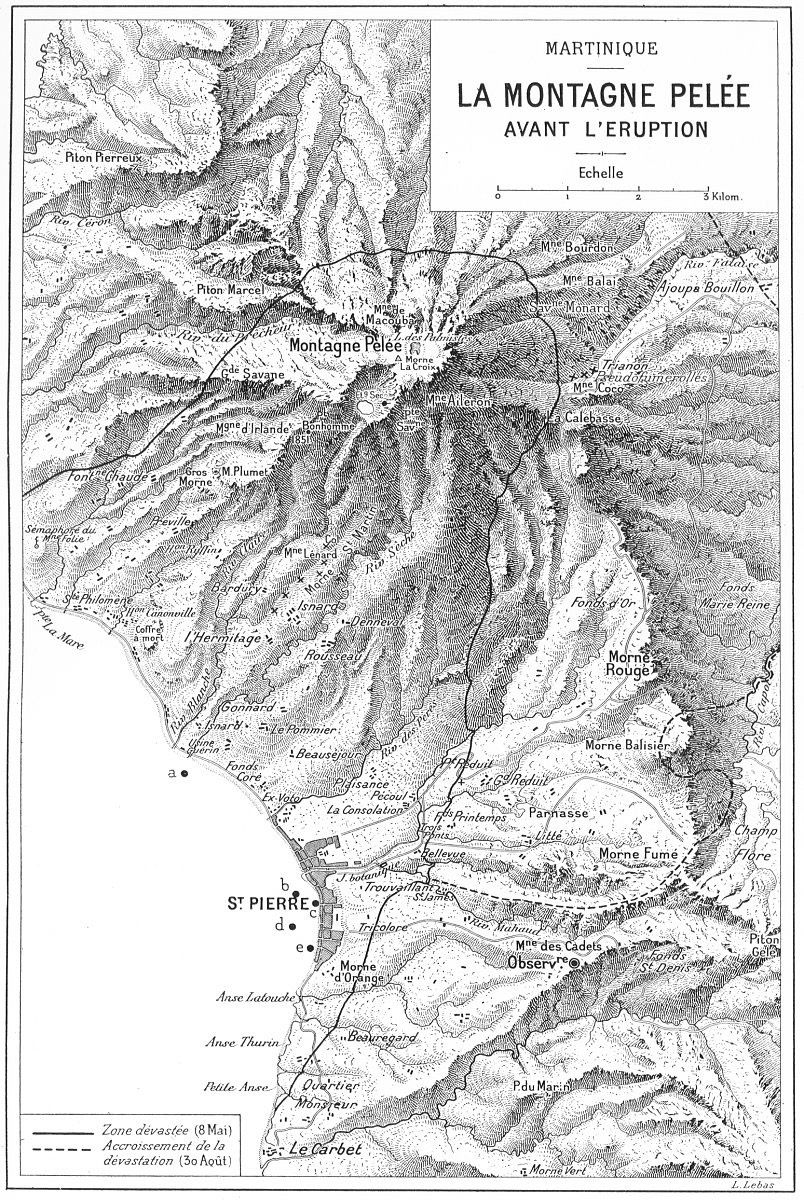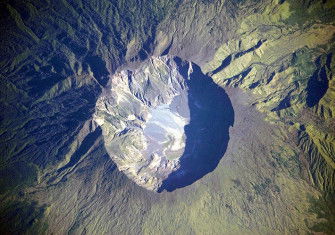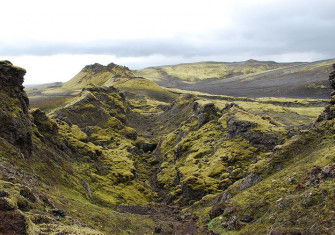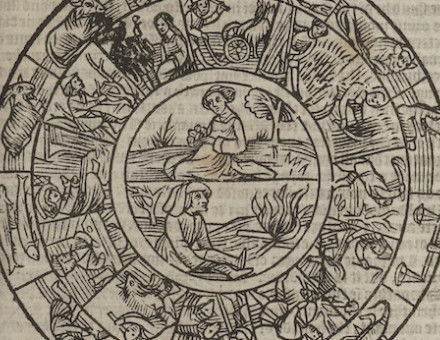The Eruption of La Montagne Pelée
One of the 20th century's deadliest volcanic eruptions took place on 8 May 1902.

On 8 May 1902, the great volcano, which broods dramatically over the town of St-Pierre, sited in a situation of rare beauty on the Caribbean coast of the island of Martinique in the French West Indies, suddenly exploded. The 30,000 inhabitants of the island's most populous town, its commercial, cultural and ecclesiastical capital, were killed in an instant. Thousands of people from the surrounding countryside also perished.
For weeks la Montagne Pelée, also known as le Mont Pelé ("the bald mountain"), had been spouting fire, boulders and boiling mud which, in one wave, had engulfed a plantation, drowning the workers and its owner.
But a scientific commission had decreed that there was nothing to worry about, as far as St-Pierre was concerned. Many who were close to the volcano took refuge there. And the French Governor took up residence, as a demonstration of his confidence.







